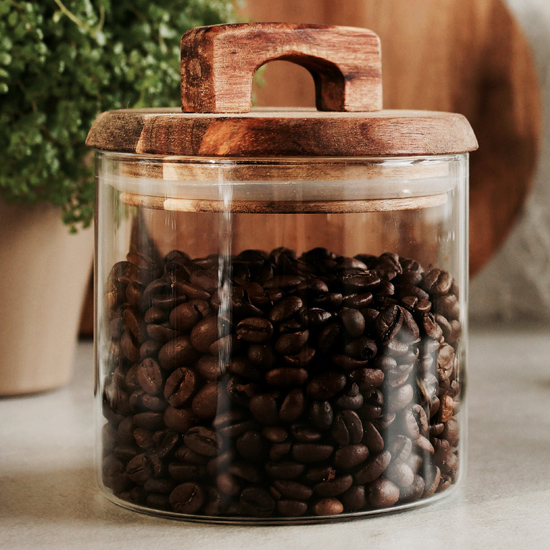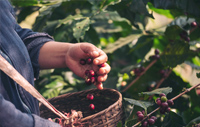
Coffee isn’t just a beverage, it’s a global phenomenon. Recent statistics show that in the United States alone, over 74% of adults consume coffee regularly. Worldwide, the love for coffee knows no bounds, with countries like Australia setting the bar high for coffee aficionados. In this month’s blog post, we’ll offer some tips for crafting the best cup in your own kitchen.
Tips for making the best coffee at home
- Start with fresh beans: Your coffee’s flavor begins with the beans. Invest in high-quality, freshly roasted beans. Grind them just before brewing to preserve their aromatic oils and taste.
- Proper brewing: Experiment with various brewing methods, like a French press, pour-over or espresso. Each method brings out distinct flavors. Make sure you follow the recommended ratios of coffee and temperatures for your chosen method.
- Water matters: Coffee, when you get down to it, is actually mostly water, so consider using filtered or bottled water to brew. Tap water has impurities that can negatively impact the taste. And remember, the ideal water temperature for brewing is around 195-205°F (90-96°C).
- Storage and timing: Store your beans in an airtight, container away from the light and heat. Coffee has a limited shelf life, so use your beans within two to four weeks of the roast date for the best flavor.
Coffee shop savvy: ordering like a pro
If you’re just not an at-home coffee drinker and prefer checking into your latest coffee shop for your morning — or afternoon — joe, here are some things to look for:
- Ask about bean origin: When you visit a coffee shop, inquire about the bean origin. Single-origin beans often have distinct flavor profiles. It’s a great way to explore different tastes.
- Customize your brew: Don’t hesitate to customize your coffee. Ask about specific brewing methods, milk alternatives or sweeteners to suit your preferences.
- Consider coffee strength: Specify whether you prefer a milder brew or a strong, bold flavor. Baristas can adjust the brewing process to meet your expectations.
- Support local roasters: Many coffee shops partner with local roasters. Supporting these businesses often means fresher beans and a connection to your local coffee community.
So why do Australian coffee shops have such a great reputation. It’s really a combination of factors from the skill of baristas, who undergo rigorous training, to a focus on quality beans — Australian coffee rarely tastes “burnt” — to how milk is expertly steamed to create a creamy taste.
What’s your favorite way to drink coffee? Share your thoughts with the Shopper’s Voice community!

Did you know: When a bean’s not a bean
Coffee beans aren’t true legume beans like kidney beans or black beans. They’re actually the seeds of a cherry-like fruit that grows on coffee plants. These seeds are extracted, dried, roasted and ground up to make the coffee we love!
